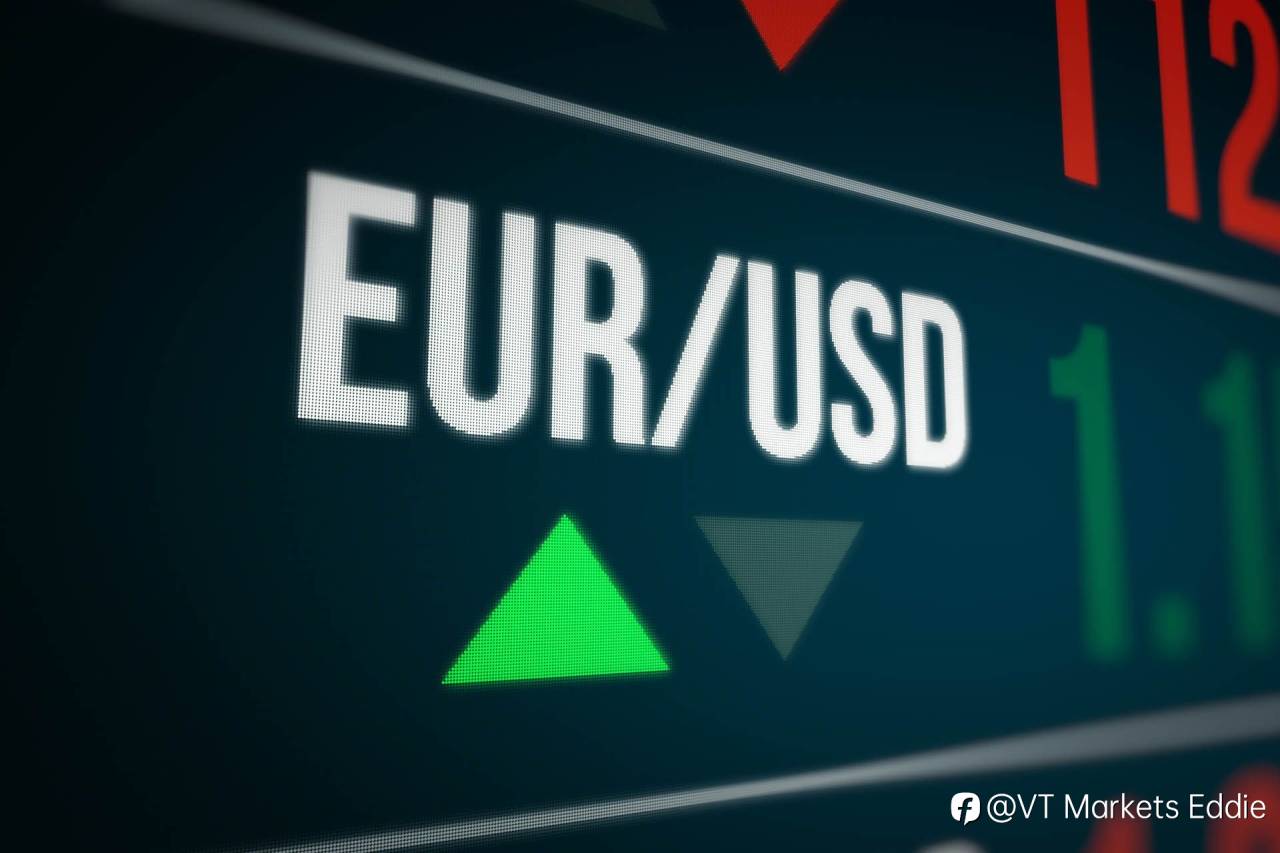EUR/USD finds resistance around 1.0500 after rebounding from two-year lows

- EUR/USD rebounds from a two-year low of 1.0332 as the US Dollar retreats after hitting two-year highs on Friday.
- US Dollar may appreciate as recent US PMI data strengthen odds of the Fed slowing the pace of rate cuts.
- The Euro faced challenges as recent HCOB PMI data highlighted continued weakness in Eurozone business activity.
EUR/USD recovers from its two-year low of 1.0332, recorded on Friday, trading near 1.0480 during Monday's Asian session. This rebound can be linked to a correction in the US Dollar (USD), despite robust preliminary S&P Global US Purchasing Managers’ Index (PMI) data released in the prior session.
Meanwhile, the US Dollar Index (DXY), which tracks the US Dollar's performance against six major currencies, has eased to around 107.00 after hitting a two-year high of 108.07 on Friday. However, downside risks for the USD remain limited, as recent economic data has strengthened expectations that the Federal Reserve (Fed) may slow the pace of rate cuts.
The S&P Global US Composite PMI climbed to 55.3 in November, indicating the strongest growth in private sector activity since April 2022. The US Services PMI surged to 57.0, up from 55.0 in October and significantly exceeding market expectations of 55.2, marking the sharpest expansion in the services sector since March 2022. Meanwhile, the US Manufacturing PMI edged higher to 48.8 from 48.5 in October, aligning with market forecasts.
The Euro came under pressure after PMI data highlighted continued weakness in Eurozone business activity. The HCOB Flash Eurozone Composite PMI fell sharply to 48.1 in November, down from 50.0 in October and well below expectations of 50.0. This decline reflects a contraction in the services sector for the first time in ten months, coupled with a persistent downturn in manufacturing.
On Thursday, European Central Bank (ECB) Chief Economist Philip Lane cautioned that a potential global trade war, driven by the expected implementation of President-elect Donald Trump’s higher tariffs, could lead to significant global economic losses. "Trade fragmentation entails sizeable output losses," Lane emphasized.
Following the weaker-than-expected Eurozone PMI data, the likelihood of an aggressive rate cut by the ECB has surged. Market expectations for a 50-basis-point (bps) reduction in the Deposit Facility Rate, bringing it down to 2.5%, have risen to over 50%, compared to less than 20% before the PMI data release.
Disclaimer: The content above represents only the views of the author or guest. It does not represent any views or positions of FOLLOWME and does not mean that FOLLOWME agrees with its statement or description, nor does it constitute any investment advice. For all actions taken by visitors based on information provided by the FOLLOWME community, the community does not assume any form of liability unless otherwise expressly promised in writing.
FOLLOWME Trading Community Website: https://www.followme.com


Hot
No comment on record. Start new comment.